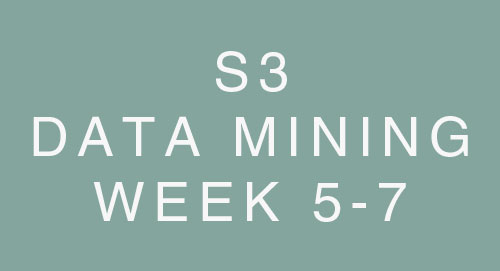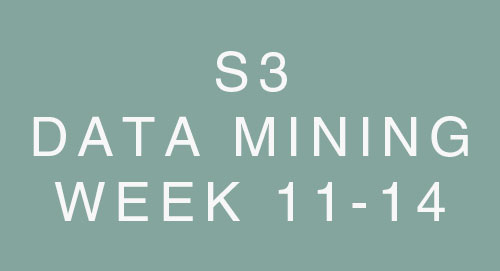Semester 3 - Data Structure & Algorithm
TreesPermalink
- Trees are hierarchical structures with a root node and connected nodes without cycles.
- Each node has a parent (except root) and children.
- Leaf nodes have no children.
- Depth: number of edges from root to node
- Height: number of edges from node to deepest leaf.
- Trees have various applications:
- File system in OS
- B-Tree, B+-Tree for indexing in databases
- Syntax Tree in compilers
- Document Object Model (DOM)
Binary TreesPermalink
- Binary trees are trees where each node has up to two children: left and right.
- Types include:
- Full: Nodes have 0 or 2 children.
- Perfect: All nodes have two children, leaves are at the same level.
- Complete: All levels are fully filled except possibly the last.
- Balanced: Left and right subtrees’ heights differ by at most one.
- Degenerate: Each node has only one child, similar to a linked list.
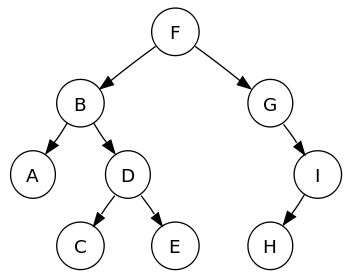
Binart Tree
Binary Search Trees (BST)Permalink
- BST is a binary tree where each node’s left children are less than the node and right children are greater.
- Operations:
- Search: Traverse from root to left/right subtree based on comparison until value is found or subtree is null.
- Insertion: Like search, but create a new node at null subtree.
- Deletion: Remove node and maintain BST property. Consider cases: no child, one child, two children.

BST - Insert Operation
AVL TreesPermalink
- Named after inventors Adelson-Velsky and Landis
- Self-balancing binary search trees.
- Heights of two child subtrees of any node differ by at most one.
- Rebalancing is done through rotations if heights differ by more than one.
- Offer faster retrievals but slower insertions and deletions compared to some other trees.
- Used in applications where fast retrievals are crucial.
Balance Factor
- Balance factor (k) = height of left sub-tree - height of right sub-tree.
- Balance factor 1: left sub-tree is one level higher.
- Balance factor 0: both sub-trees are of equal height.
- Balance factor -1: right sub-tree is one level higher.
- An AVL tree has balance factors within the range -1 to +1.
AVL Trees Rotations
- AVL Tree Rotations: Performed to maintain balance during insertions/deletions.
- Four types: Left-Left, Right-Right, Left-Right, Right-Left.
- Left-Left (LL): Single right rotation.
- Right-Right (RR): Single left rotation.
- Left-Right (LR): Double rotation; first left, then right.
- Right-Left (RL): Double rotation; first right, then left.
- Rotations restore balance without affecting order properties.

AVL Trees - Rotations Animation
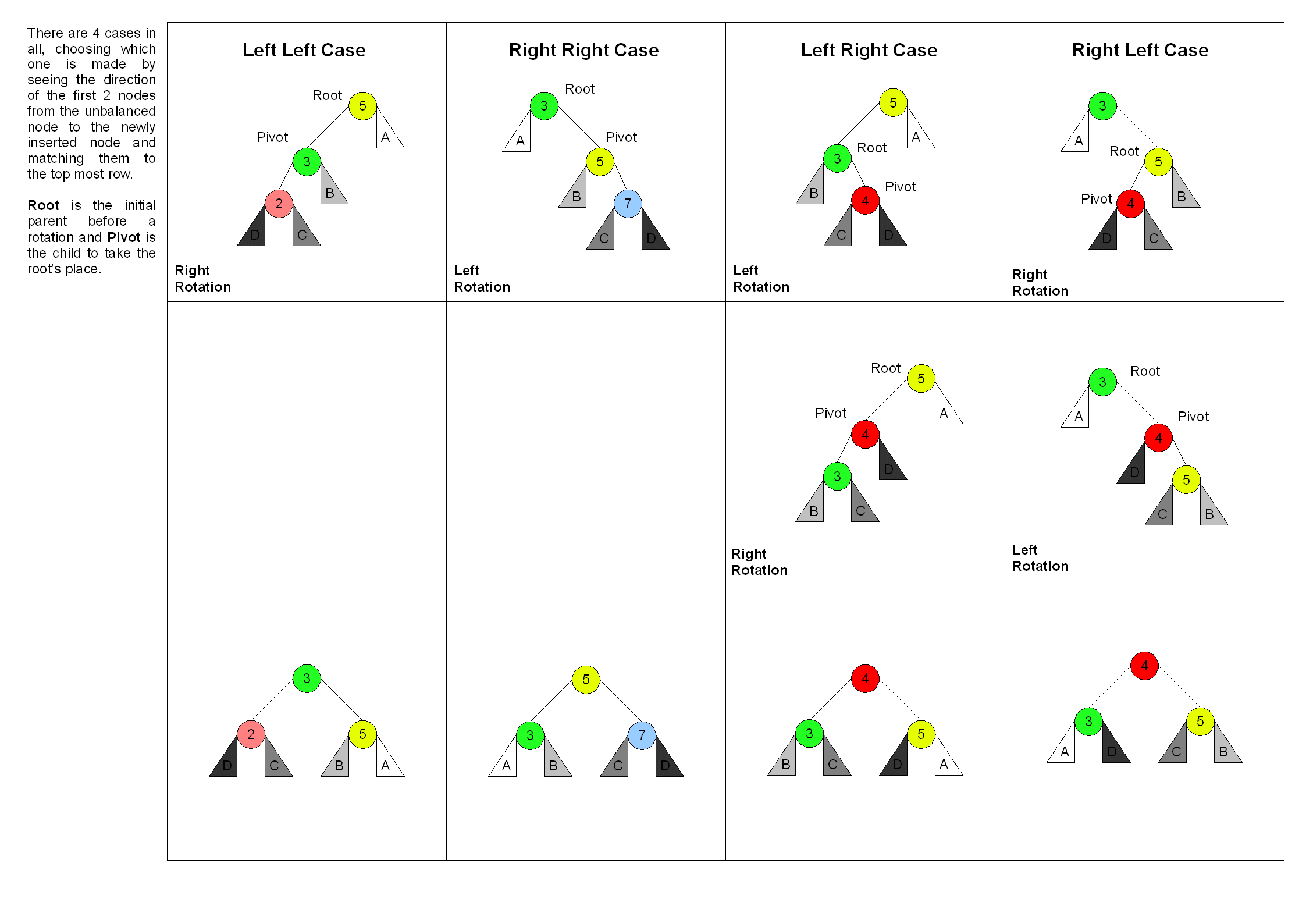 AVL Trees - Rotations
AVL Trees - Rotations
Tree traversalPermalink
- Process of visiting each node in a tree once.
- Can be depth-first (In-order, Pre-order, Post-order) or breadth-first.
- There are three common ways to traverse a tree in depth-first order:
- In-order (Left, Root, Right)
- Pre-order (Root, Left, Right)
- Post-order (Left, Right, Root)
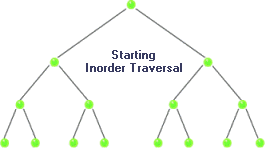
In-order Traversal

Pre-order Traversal

Post-order Traversal


